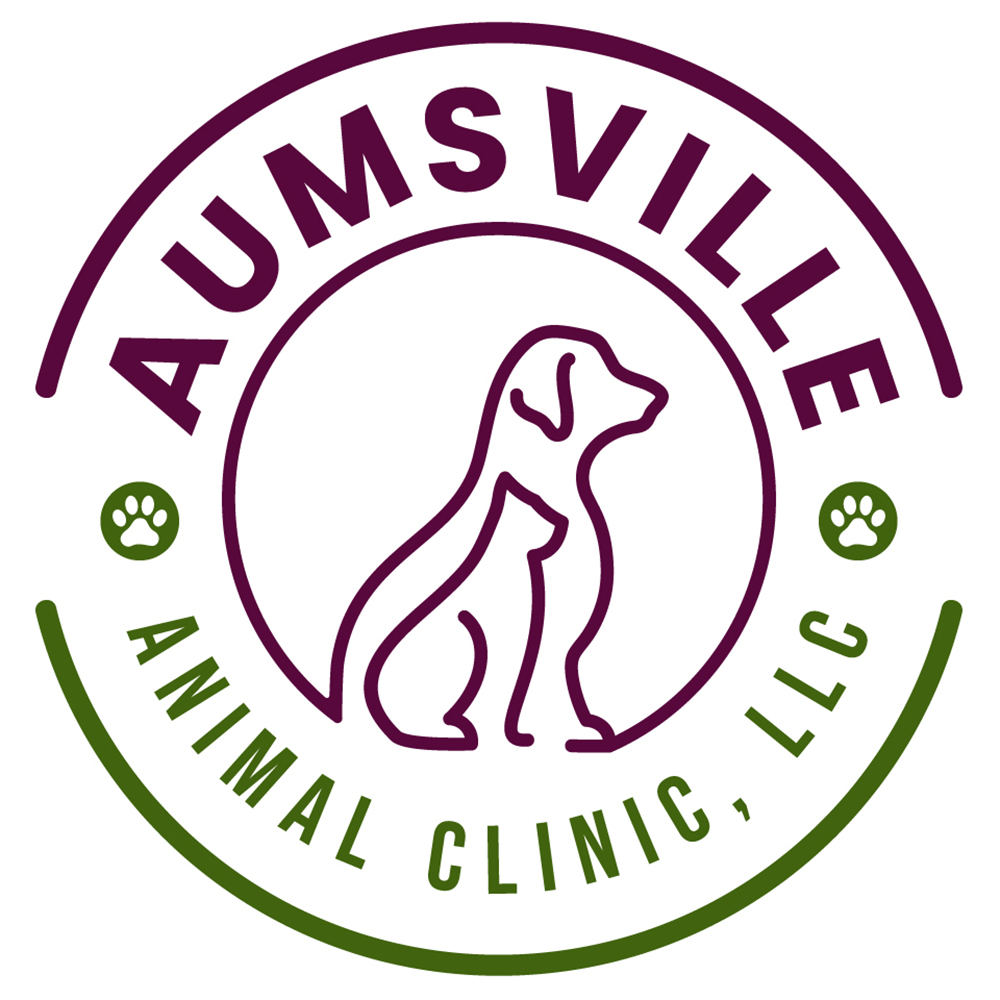Pre-Surgical Information
Essential details and preparations before a veterinary procedure to ensure your pet’s safety and successful surgery.
What You Need to Know Before Your Pet’s Upcoming Surgery
We know that the thought of bringing your pet in for surgery can be a stressful experience. To make the process as easy as possible and to help ensure a smooth recovery for your pet, we ask that you please review the following information and follow the protocols listed below.
- It is important that your pet has surgery on an empty stomach to reduce the risk of vomiting during or after anesthesia. You must remove food for at least 10 hours before surgery. Water can be left out for your pet until the morning of surgery. Rabbits should receive food and water as normal.
- When you bring your pet in for surgery, we will need 10 to 15 minutes of your time to fill out paperwork and make decisions on the diagnostic testing and other options available. Please be sure an authorized decision-maker for your pet is present for the intake process.
- Make sure that you, or an authorized decision-maker, are available by phone throughout the day of the surgery. This is in case we need to contact you for any reason.
- Consider how you will transport your pet home after surgery. Ensure that you have a comfortable and safe setup in your vehicle so their ride home is uneventful.
- Prepare for home care before your pet goes home. This may require a quiet, enclosed area such as a kennel or private bathroom for your pet to rest and recover. Separate your pet from other animals in the household while your pet heals. Most pets need at least 24-48 hours for the full effects of anesthesia to wear off.
- Every surgery patient is sent home with discharge instructions with a customized home care plan for them. These instructions are to be referred to and followed as they recover at home. When you pick up your pet after surgery, plan to spend about 10 minutes reviewing your pet’s home care needs. It is helpful if the person picking up your pet is the caretaker at home so we can review the instructions with them.
- Review your estimate and be sure to ask any questions about your financial responsibility before the surgery.
Pre-Anesthetic Testing
Pre-anesthetic testing is highly recommended for all our surgical patients. This test will reveal if vital organs, such as the kidneys and liver, function properly. It is an extremely useful diagnostic test, particularly in pets over seven years of age or with obvious risk factors. However, we recommend it for pets of all ages.
Results from pre-anesthetic testing help our doctors determine the best anesthesia plan for your pet. Even if the results are normal, they establish baseline results, which are a good reference for your pet’s health in the future.
Ideally, we want to have results from pre-anesthetic testing before the day of surgery so we don’t have to delay or cancel the surgery if the results are abnormal.
Commonly Asked Questions
Is anesthesia safe?
The anesthetic drugs we use are very safe, and we customize the anesthetic plan based on the age and health of your pet. We thoroughly examine your pet before administering anesthesia to ensure that your pet is a good candidate for anesthesia before proceeding. If we have any concerns that your pet has an increased risk of anesthesia, we may contact you to discuss alternative options. This may include additional diagnostic testing, prescribing medication, or even delaying the procedure.
What other decisions do I need to make beforehand?
While your pet is under anesthesia, it is the ideal time to perform other minor procedures, such as dentistry, ear cleaning, or implanting an identification microchip. Please discuss this with our Surgery Coordinator before the day of surgery. Due to time constraints, we may not have time to “add on” other procedures last minute. Scheduling all procedures in advance will ensure we can take care of all your pet’s needs at once, saving you time and money and preventing the need to expose your pet to additional anesthetic events.
Will my pet have stitches?
For many surgeries, we use absorbable sutures underneath the skin. These will dissolve independently and do not need to be removed later. Some surgeries do require skin stitches or staples. With either type of suture, you must monitor the incision for swelling or discharge. Dogs can quickly cause themselves significant damage from licking and chewing; therefore, an Elizabethan collar is always recommended.
If there are skin sutures, these will usually be removed 14 days after surgery. You will also need to limit your pet’s activity level for a time, and no baths are allowed for the first 10-14 days after surgery.
Your home care instructions will outline which sutures were used and whether a follow-up appointment is needed to remove them.
Will my pet be in pain?
Pets may not show the same pain symptoms as people, but you can be sure they feel it. Pain medications will be prescribed based on the surgery and your pet’s needs. Major procedures may require more pain relief than minor laceration repairs. Most of our protocols include pain control medication prior to administration of anesthesia to help your pet feel comfortable while they are in recovery.
Please administer only pain medications prescribed or recommended by your veterinarian. Some over-the-counter medications can be harmful to pets, or dosage requirements may significantly vary based on the species and size of your pet.
If you feel your pet is in pain not controlled by the medications we have sent home, do not hesitate to contact us so we can modify our pain management plan.
